How To Lube Your E-Bike Chain
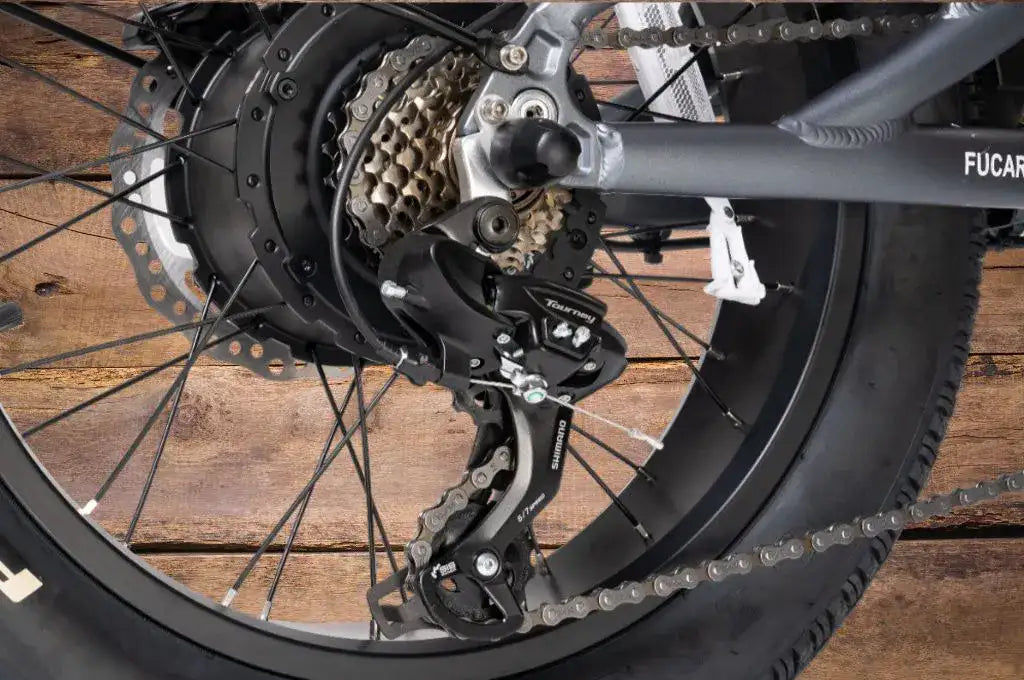
For any e-bike enthusiast, maintaining a smooth and efficient ride is paramount. A crucial element in achieving this is proper chain lubrication. While seemingly simple, incorrect lubing practices can lead to increased wear, reduced range, and a noisy drivetrain. This comprehensive guide dives deep into e-bike chain lubrication, equipping you with the knowledge and techniques for optimal chain care.
Understanding Your E-Bike's Chain
E-bike chains share similarities with regular bike chains. They feature outer and inner plates, rollers with internal bushings, and connecting pins. However, e-bike chains are often sturdier due to the increased power they handle. Regardless, lubrication focuses on the *rollers* for smooth rotation.
Here's a breakdown of the key components:

Outer and Inner Plates: These form the backbone of the chain, connecting the links and providing structural integrity.
Rollers with Bushings: These cylindrical parts rotate around the bushings, allowing for smooth chain movement. The rollers are the primary focus of lubrication.
Connecting Pins: These pins hold the chain links together, allowing for articulation.
Related Reading: 5 Signs You Need To Change Your Ebike Tires
Choosing the Right Lube
Chain oils are mainly divided into dry lubes, wax-based lubes, and wet lubes, with a few others containing special additives.
Dry lubes
Dry lubes are designed for riding in dry conditions. Primarily based on silicone oil, with some exceptions, and usually paired with anti-extrusion agents. Due to the good adhesion of silicone, dry chain oil is chemically stable.
Additionally, dry lube is less likely to attract dust and dirt compared to wet lubes, keeping your chain cleaner and reducing the need for frequent cleaning.
However, there's a trade-off. Dry lube's weakness is its water resistance. It can easily be washed off by rain or puddles, meaning you'll need to reapply more frequently in wet conditions.
Dry lube is a good option for cyclists who prioritize a clean drivetrain, primarily ride in dry conditions and on paved roads, and don't face excessive pressure on the drivetrain.
Wax lubes
Wax-based lubricants are a blend of highly refined paraffin wax particles combined with additives like PTFE and a carrier fluid.
The unique composition of wax lubes offers a balance between the waterproof properties of wet lubes and the dust-resistant characteristics of dry lubes, making them highly versatile. They excel in repelling water and preventing dust accumulation, thus ensuring the chain stays clean and functions smoothly.
This makes wax lubes particularly suitable for light off-road riding, where conditions can vary from dry and dusty to damp. By forming a protective barrier on the chain, wax-based lubricants reduce friction and wear, enhancing the longevity of the chain and improving overall bike performance.
Wet lubes
Ideal for wet or muddy environments. These lubricants offer superior performance, providing more lubricant per milliliter. The higher viscosity of the oils ensures they remain effective longer, even when exposed to moisture, making them far less likely to wash off when encountering water.
The robust nature of wet lubes makes them perfect for chain maintenance, both before and after intense off-road adventures. Their thick, tenacious consistency clings to the chain, offering durable protection against the harsh conditions typical of rugged terrains.
However, a significant drawback is that using wet lube in dry conditions tends to attract dust and dirt. This can lead to a grimy buildup on the chain, which can affect its performance and longevity.
Other Types of Chain Oil
Besides the basic types mentioned above, many manufacturers add special additives to chain oil, such as ceramic particles, to enhance performance. For example, Finish Line's premium lubricants include ceramic particles, all aimed at improving the lubrication and wear resistance of the chain oil.
Pro Tip: When selecting a chain lube, consider your local climate and the type of riding you typically do. Consult your local bike shop for recommendations specific to your riding style and environment.
The Lubrication Process
1. Cleaning the Chain

Before applying lube, ensure your chain is clean. Applying lube over an already lubed chain traps moisture and grime, accelerating wear. Follow these steps to clean your chain:
Position Your Bike: Use a bike stand if available. If not, lean the bike with the kickstand and lift the rear wheel slightly off the ground.
Mid-drive bikes do not allow backward pedaling to move the chain. Therefore, you must use the above method. If you have a hub-drive bike, you can pedal backward, making it easier to clean the chain compared to using a mid-drive bike.
Initial Wipe Down: Start with a basic cleaning if you're short on time. Take a rag and run the chain through it to remove the surface dirt and grime.
Deep Cleaning: For a more thorough clean, use a chain cleaner tool and specific cleaning agents designed for bike chains. Wash the entire bike if possible, focusing on the drivetrain components.
Avoid Aerosols Near Brakes: Be cautious with aerosol products as they can contaminate disc brakes, leading to poor braking performance. Using a rag to manually clean the chain is a safer option.
2. Applying the Lube
Once the chain is clean and dry, it’s time to apply the lube.

Use a Dropper Bottle: For precise application, use a dropper bottle rather than a spray can, which can be wasteful and risk contaminating your disc brakes.

Apply Lube to Each Roller: Holding the bike steady, slowly rotate the cranks forward, simulating pedaling. When it passes through the lower section near the derailleurs, apply a small drop of lube to the inside of each roller, not on the top of the chain. This ensures the lubricant reaches the parts that need it most without creating a sticky surface that attracts dirt. Avoid applying excessive lube.
As previously mentioned, for a hub-driven bicycle, you can apply a single drop of lube to each chain roller as you slowly rotate the pedals backward. Regardless of the method used, the goal is to evenly distribute the lubricant across the chain.
Allow Lube to Penetrate: Allow the lube to sit on the chain for a few minutes to ensure proper penetration into the rollers and inner workings.
Remove Excess Lube: After the lube has settled, use a clean rag to wipe off any excess lube from the chain's outer surface. A thin film of lube should remain, but a visible coating is unnecessary and can attract dirt.
Additional Tips for E-Bike Chain Maintenance
Frequency of Lubrication: The frequency of lubrication depends on various factors, including riding conditions, distance covered, and the type of lube used. As a general guideline, lubricate your e-bike chain after every 100-150 kilometers (60-90 miles) in dry conditions, and more frequently in wet or muddy environments. After every ride, especially in wet or dirty conditions, inspect your chain for signs of wear and tear, and wipe it down with a rag to remove any dirt or debris.
Gear Shifting: After lubricating your chain, shift through all the gears a few times to ensure smooth operation. The lube may initially feel slightly sticky as it coats the chain, but proper shifting should resume shortly.
Long-Term Storage: If you plan on storing your e-bike for an extended period, apply a light coat of lube before storage. This extra layer helps protect the chain from corrosion.
Chain Inspection and Replacement: Regularly inspect your e-bike chain for signs of wear and tear, such as excessive stretching, stiff links, or broken rollers. A worn-out chain can damage your cassette and chainrings, so replacing it promptly is crucial. Consult your e-bike's manual or a qualified mechanic to determine the recommended replacement intervals for your specific chain.
By following these simple steps and recommendations, you can ensure your e-bike chain or belt receives the proper care and lubrication it needs to function optimally for miles to come. Remember, a well-maintained chain or belt translates to a smoother, more efficient, and enjoyable e-bike riding experience.
Continue reading

How to Choose the Perfect E-Bike: 6 Questions to Ask Yourself
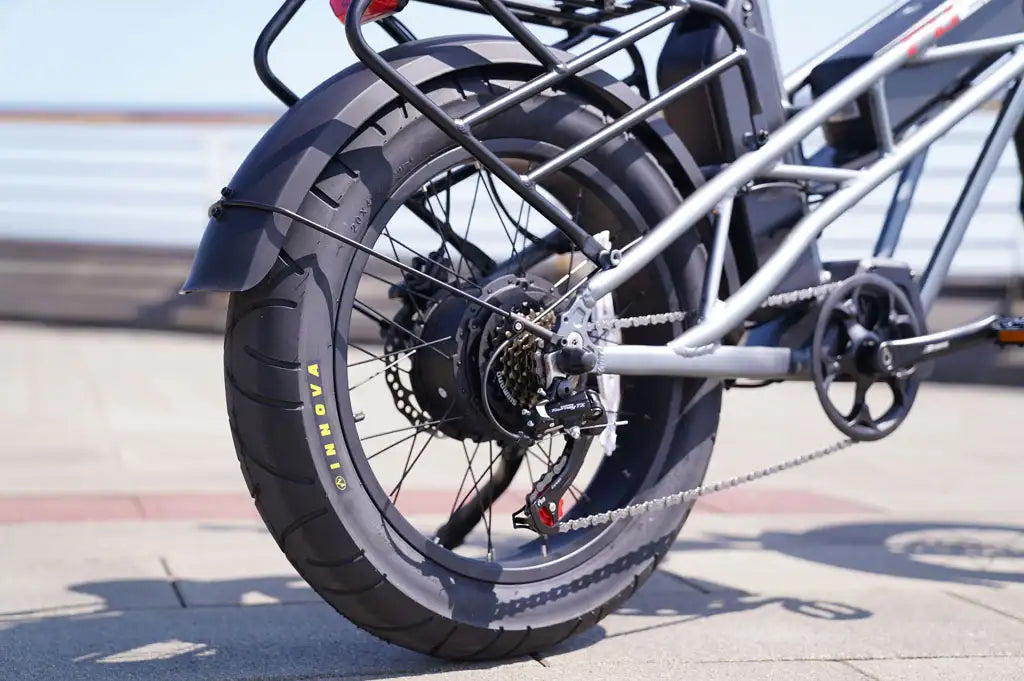





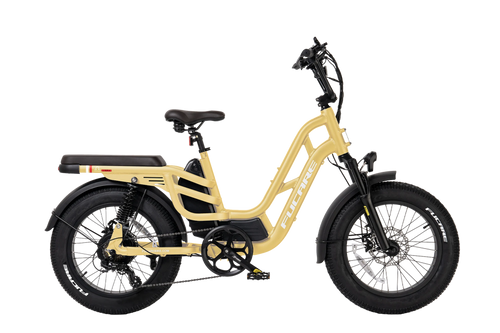
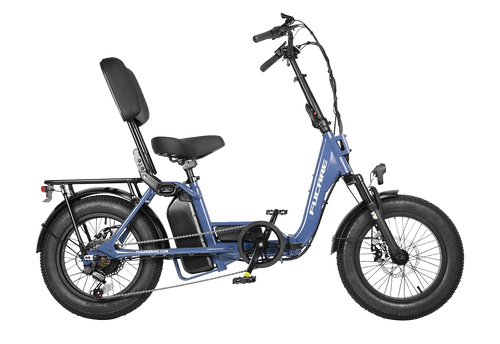
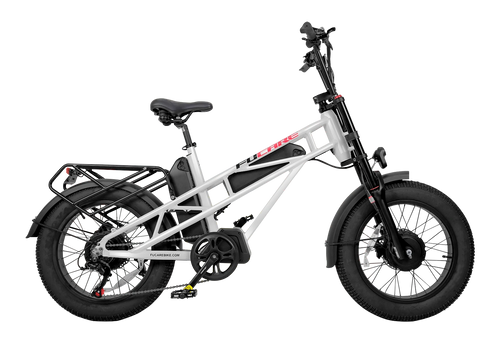
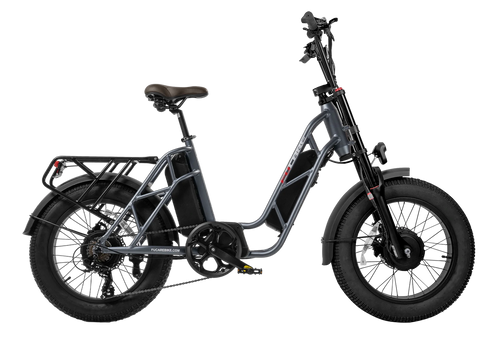
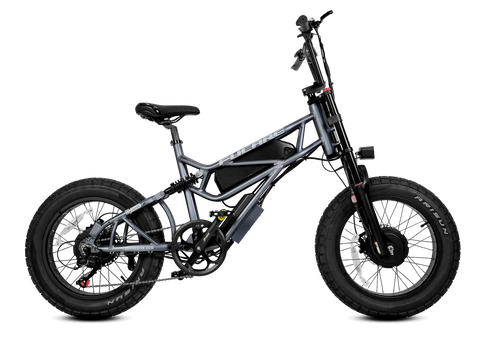
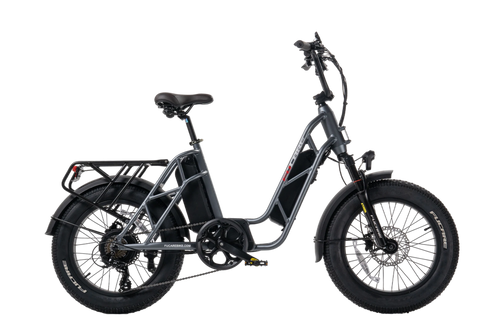
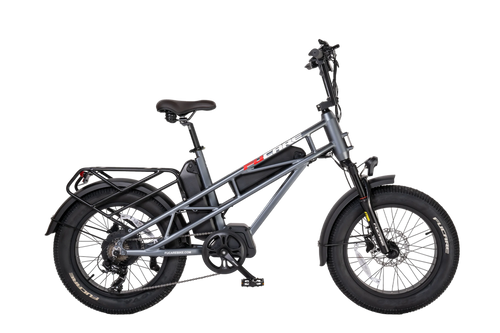
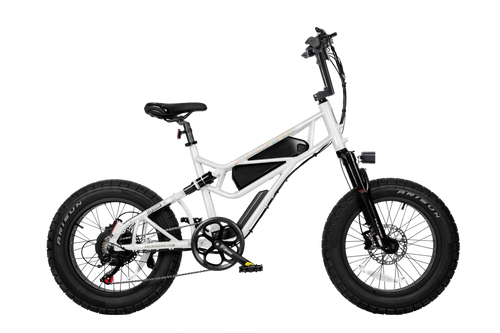




1 comment
Bryan Cormack
How to adjust and maintain Shocks on my Libra?
How to adjust and maintain Shocks on my Libra?